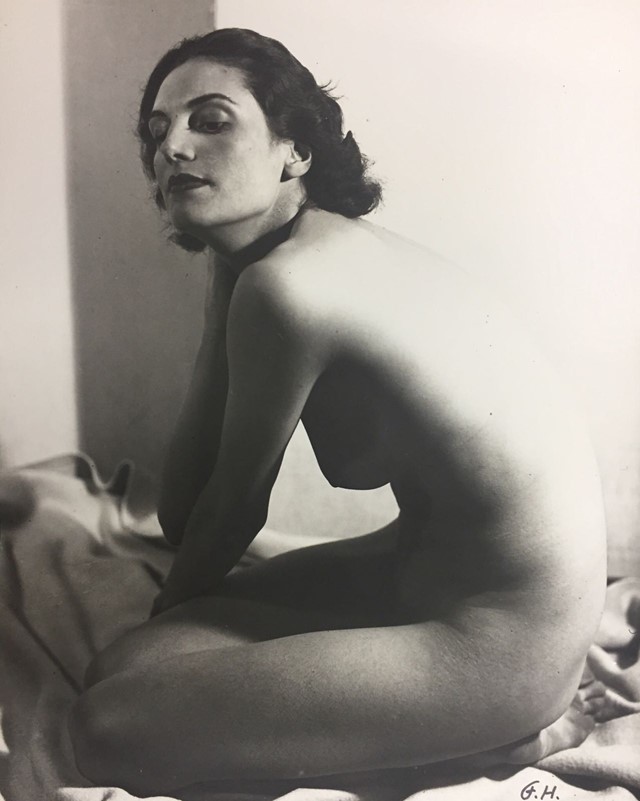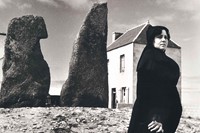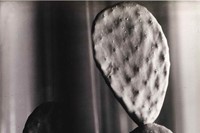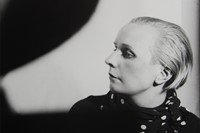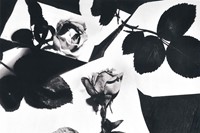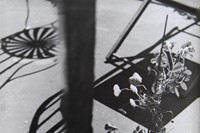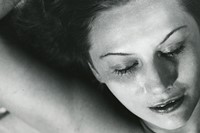A new London exhibition delves into the archives of Bauhaus photographer and painter Florence Henri. Here, we examine the extraordinary – but often overlooked – legacy of her work in photography
Who? “Now for some news: I’m taking photographs,” wrote Florence Henri in 1927, then a painter at the Bauhaus Dessau. “If I enjoy it, I’ll give up painting (provisionally).” One year later Henri would be running her own studio and heralded by her teacher László Moholy-Nagy with revolutionising the art form: “With Florence Henri’s photos, photographic practice enters a new phase – the scope of which would have been unimaginable before today.”
Henri was born in New York in 1893, and following her parents’ early deaths she spent her youth absorbing European culture (her mother was Polish and her father French). Throughout two world wars and the Great Depression she flitted between Paris, Rome, and Berlin, where she moved among the most significant Cubists, Futurists, and Constructivists of her day, and was an accomplished pianist, painter, and photographer in her own right. Her work, however, is almost unknown, her contributions to Modernism neglected, and her life written out of most history books. She was only to see her work re-appraised in the mid-1970s, just a few years before her death in 1982.
What? Henri’s rapid introduction to the avant-garde began when she met the Italian Futurists in Rome, where she was living with her uncle and studying as a pianist. She soon moved to Paris to study painting at the Academie Moderne under the Cubist Fernand Léger, and in 1925 her art was exhibited alongside that of Jean Arp, Piet Mondrian, the Delaunays, and Pablo Picasso. But her greatest work followed her decisive move to photography after attending a summer course at the Bauhaus Dessau. Despite the progressive attitudes of the school, photography wasn’t then officially studied, but between the tutorship and growing friendship of Moholy-Nagy and his photographer wife Lucia Moholy, Henri pursued the subject with a dynamic and unconventional eye.
“Doubtlessly,” Henri said, “you will find that the word ‘composition’ comes to my lips. This is because this idea is everything to me.” Her work is recognisable for its optical experimentation; Henri would use varying depths of field, space, light, and especially reflections, to create groundbreaking still lifes, landscapes, and portraits of herself and fellow women artists. Her subjects are often surrounded and fragmented by frames, doubled by mirrors and shadows, and reflected in highly polished steel surfaces.
With inventive scenes that would delve into her sitters’ mental landscapes, visualising their pensive, determined, and independent personalities, Henri would represent them as women familiar with the tumultuous demands of the modern industrialised city, even if they are constrained by its structures. Her critique of the passive representation of women extended to the traditionally male practice of nude photography, examples of which she contributed to a number of magazines and art books. Images such as these would often be supplemented with props – seashells, flowers, and playing cards – to evoke an image of surreal, dicey, knowing eroticism.

Why? Henri’s treatment by art historians epitomises the experience of many women artists, particularly those associated with the masculine Modernist movements of the early 20th century. Henri opened her own photographic studio in Paris in 1929, but from 1941, with the Nazi occupation of France, photography became all but impossible and her work with the medium effectively ceased. Once again she took up painting, this time producing vibrant stylised watercolours of Spain, Ibiza, and her rural home in France, though she never again returned to the dynamic photography of her youth.
The significance of Henri’s early work has been somewhat passed by. She was a part of some of the most influential exhibitions of her time – including Fotografie der Gegenwart (1929), Film Und Foto (1929), and Das Lichtbild (1931) – and was lauded among her contemporaries in her working years, but following her success in those decades it took until the 1970s for her archive and legacy to be rediscovered and appreciated. As well as her direct contribution to photography, she tutored a generation of better-known artists such as Gisèle Freund, Ilse Bing, and Lisette Model, whose practices reiterate the optical experiments that Henri pioneered. Now, a London exhibition of photographs and paintings celebrates the extraordinary strides Henri made in the world of photography; Reflecting Bauhaus: Photographs and Paintings sees much of the artist’s photographic archive exhibited and for sale for the first time.
For too long, Henri’s contribution, as well as that of many other women artists, to one of the most significant periods of creativity in recent history and our modern photographic way of seeing, has been overlooked. In this year, the centenary of the founding of the Bauhaus, they must now be acknowledged.
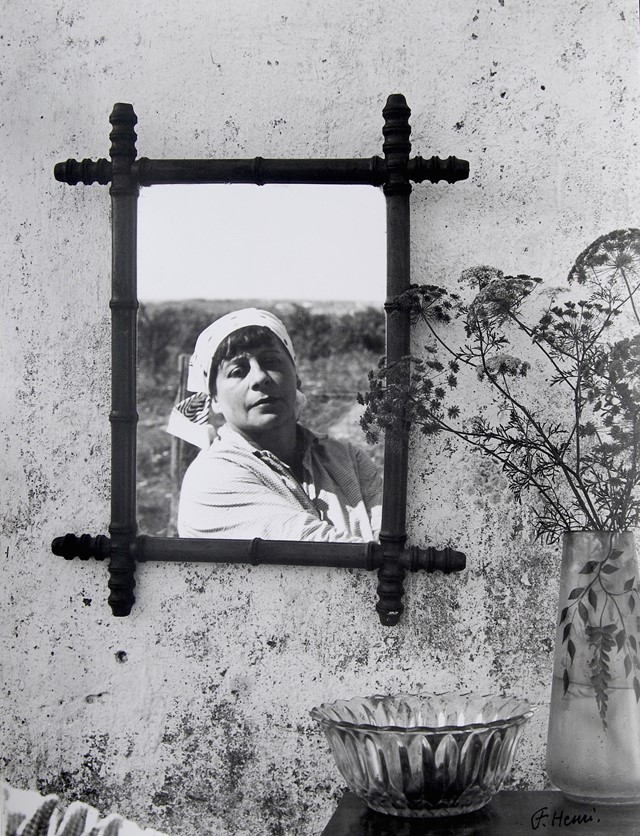
Florence Henri, Reflecting Bahaus: Photographs and Paintings is at Atlas Gallery, London from March 28 – May 18, 2019.
